Hart House’s Talking Walls series provides a venue for challenging, socially conscious artwork. There’s no doubt that artist Emily Chudnovsky’s “Unwoven Strands: A Visual Study of Microfibers” running from March 8 to 29, 2024, will capture the attention of students, climate change activists, environmentalists, artists and researchers ... and there’s a workshop, "Finding Fibers," to boot.
Searching for "poetry among materials"
Like many artists, Chudnovsky is inspired by the natural world. “I’m curious about the various hybrid materials that have emerged since plastic made its way into our ecosystems in the recent years since its invention,” she says. “Plastic can be very elusive, especially microfibers because of there size.” She is speaking about very small strands of plastic deposited into our waterways through the routine washing and drying of clothes.
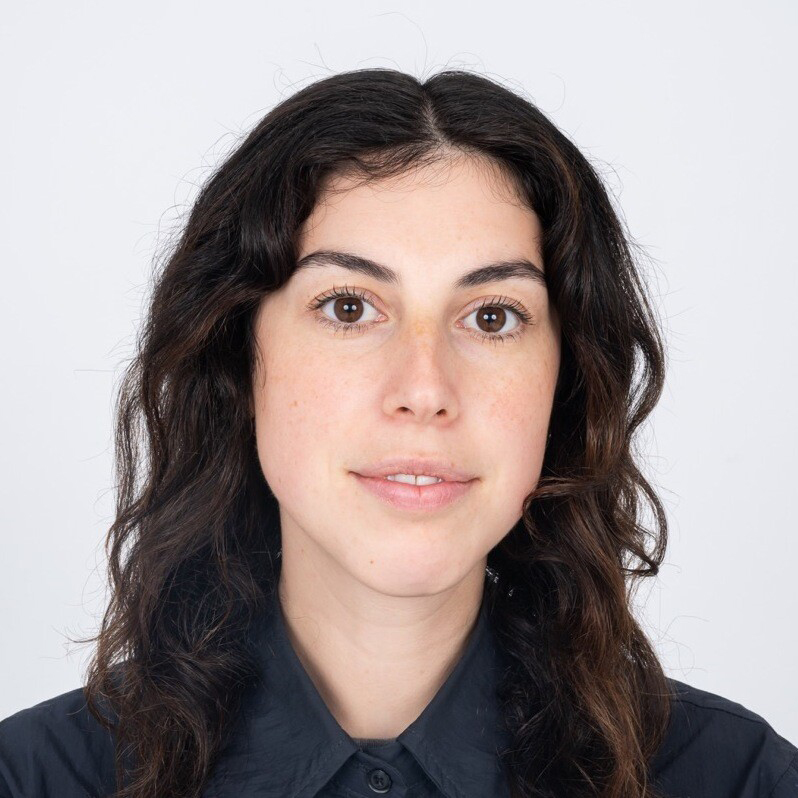
Microplastic has been a recurring material in Chudnovsky’s practice, as has sheep’s wool, so she sought to create something that would attune the eye to discarded plastic when juxtaposed to the raw wool.
Other microfibers used in the works for the Talking Walls exhibit were collected from discarded textiles, carpeting and household dryers. Grapevines, which Chudnovsky harvested herself, are also integrated into the wool. “I’m interested in invasive plants, such as grapevines, and the way that there's this kind of poetry that can develop between different materials.”
The process of collecting then uniting seemingly different things
Exploring and collecting microplastic is, naturally, a large part of Chudnovsky’s method. “The process involves a lot of thinking, looking around and drawing connections between seemingly different things, in this case from grapevines and sheep’s wool to microplastics, and finding where they hold similarities. To me, that's intriguing. I hope it makes the viewer think a little bit differently about materials, waste and what ends up in our ecosystems.”
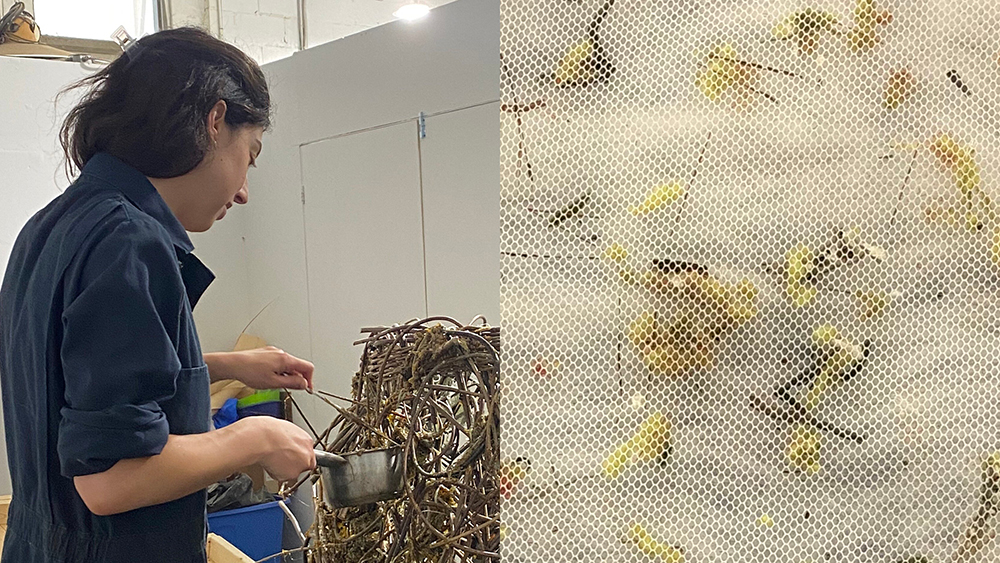
U of T Trash Team research informs her work
The University of Toronto Trash Team — a science-based community outreach organization consisting of students, postdocs, researchers, volunteers and staff — is a partner in the Talking Wall exhibition. Chudnovsky has been working with this group for a few years and following the research conducted by former undergraduate students Hayley McIlwraith and Jack Lin; and former graduate students Sam Athey and Lisa Erdle, in collaboration with Professors Miriam L. Diamond (Department of Earth Sciences) and Chelsea Rochman (Department of Ecology & Evolutionary Biology).
“I’m fascinated by this research. The U of T Trash Team has students studying, quantifying and characterizing the plastic and microfibers that float into our water bodies, into Lake Ontario, every year,” Chudnovsky explains.
She was particularly drawn to Erdle’s research, which suggested that if every Toronto household had a washing machine filter, then we could divert up to 166 trillion microfibers from wastewater per year.
“This is a very practical solution … I’m interested in considering the possibilities of this material, not just the downfalls,” Chudnovsky states.
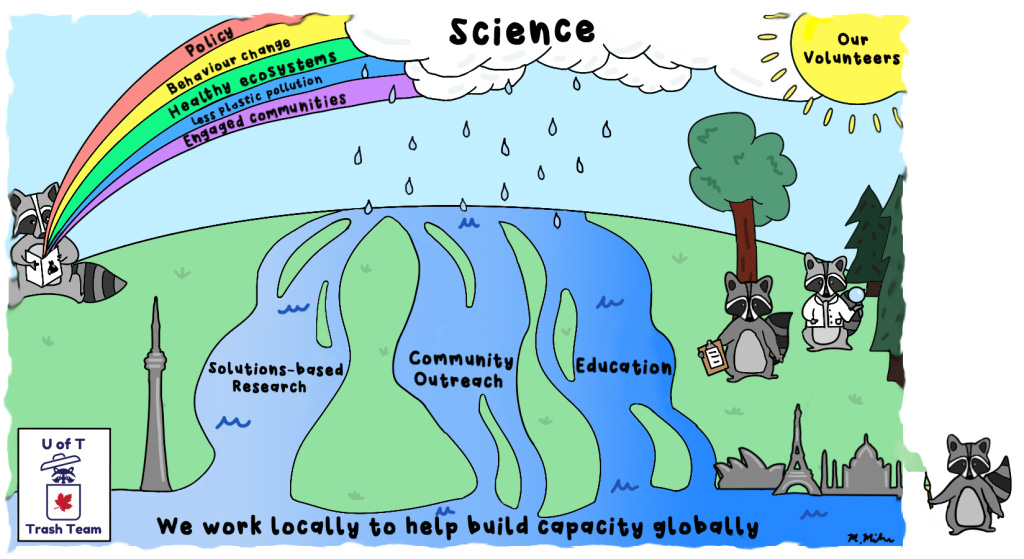
Artwork inspires critical reflection
When asked about the meaning behind her artwork, she shies away from any prescriptive or didactic messages. “It’s more important that I ask questions than make any proclamations.” That said, Chudnovsky admits that we are, as a society, living in an extremely challenging moment so we need to find innovation.
“We need to come together through different disciplines and consider what’s possible. There's so much research, so much material, so much waste,” she sums up and encourages solutions-based movements.
“Art is powerful because it has a way of training the eye to noticing, taking a moment, when we’re so distractible. Just looking at something, lingering on it, can hopefully inspire criticality, reflection, observation and nuanced thought.”
Hart House team
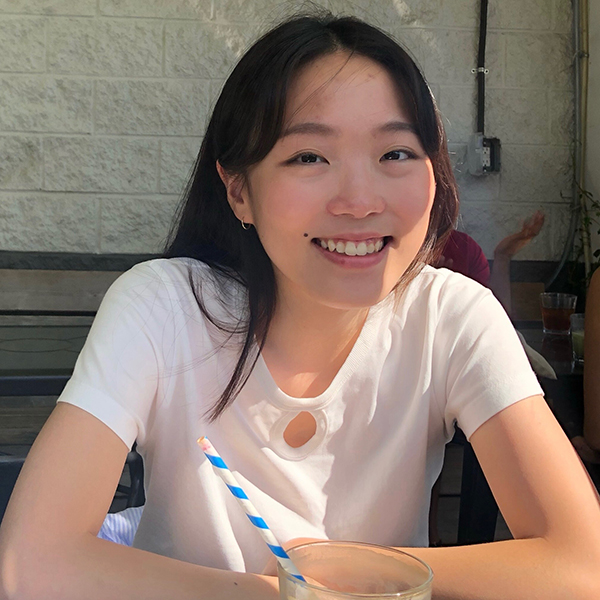
Chudnovsky enjoyed working with Saša Rajšić, coordinator, integrated arts education; and the Art Committee Education & Outreach co-chairs, Jeen Cha and Samadhi Alvarado. “Hart House has made this a very supportive, positive experience. I'm looking forward to the show and the workshop, especially working with the students,” Chudnovsky says.
The two co-chairs also loved the experience. “The Student Art Committee had the pleasure of having Chudnovsky at our artWORK conference last year,” explains Jeen, a student double majoring in art history and political science. “I first encountered Chudnovsky’s work there, and thought her artistic practice is relevant in our world today. I’m very excited to have her work at Hart House. I hope many people engage with this show,” she says. “Talking Walls is a wonderful platform that incorporates art into student life and gives voice to diverse images and projects.”
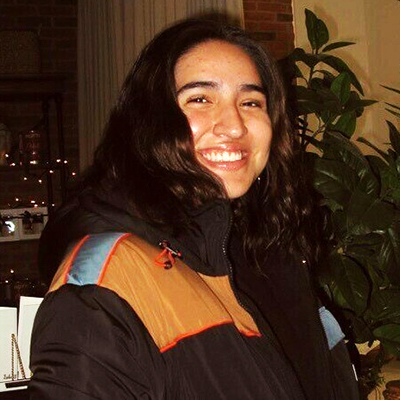
Jeen’s co-chair, art history student Samadhi Alvarado, agrees. “Talking Walls represents a space where students can freely express themselves and utilize the resources offered by the university. It is an important platform for showcasing student voices and perspectives. I believe it contributes significantly to the sense of community and vibrancy on campus.
"I believe Hart House embodies the spirit of student life and engagement. It is as a hub of activity, providing students with opportunities to engage in activities, explore different interests and foster a sense of community.”
Chudnovsky encourages that sense of community and emphasizes the key role of students. “This Talking Walls show is a nice story about how much student engagement we have,” she says, again noting the workshop on March 28 where she hopes to connect with many students.
Learn more about:
- The art display: Unwoven Strands: A Visual Study of Microfibers.
- Emily Chudnovsky's workshop: artWORK Workshop Series and Conference.

